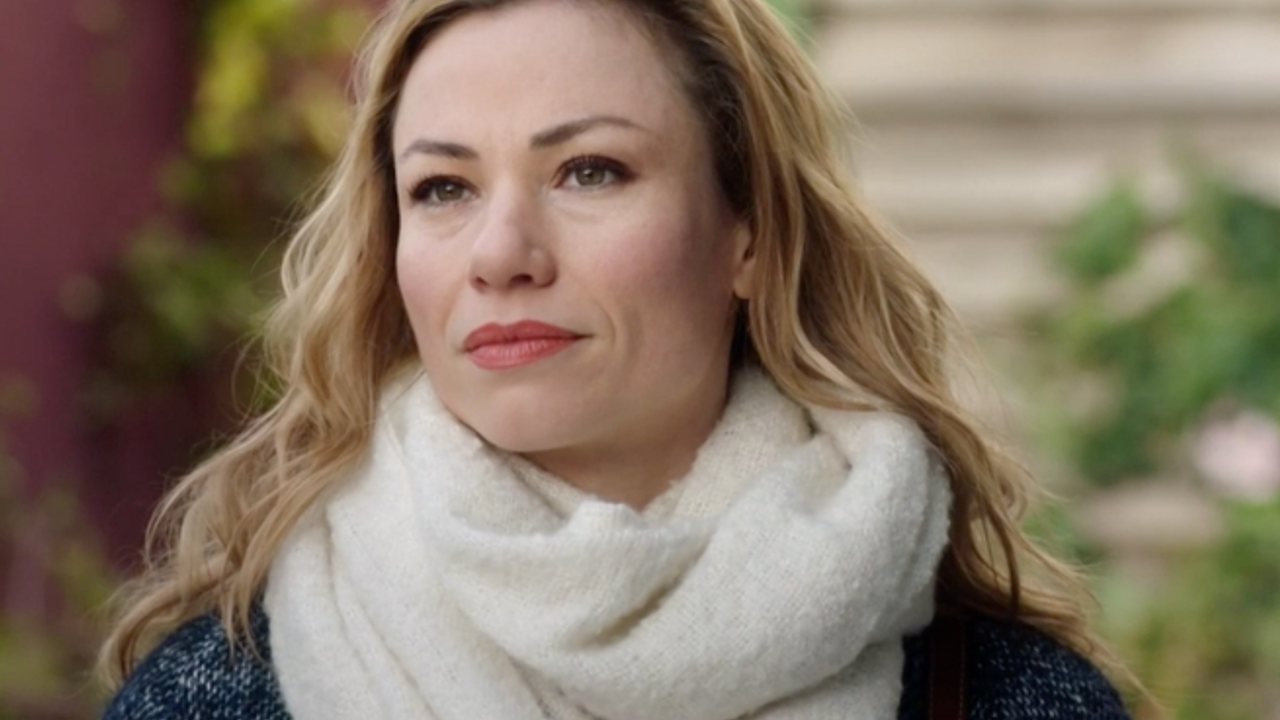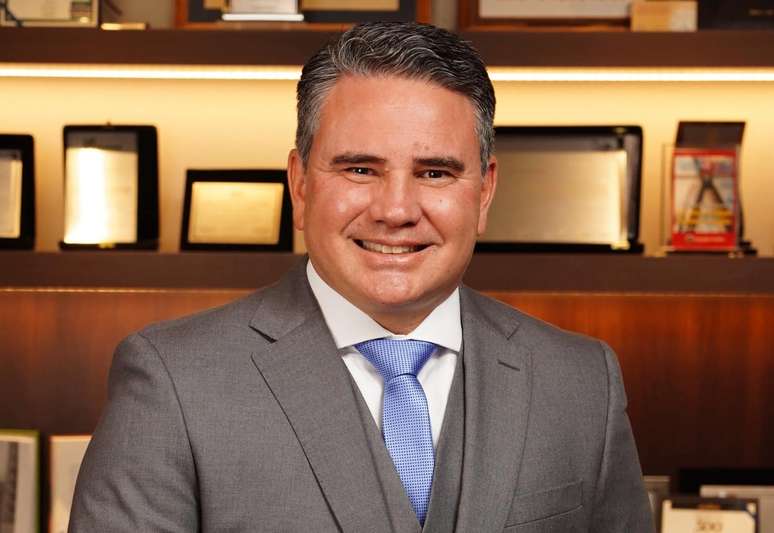Silent, slow, gradual, androgenic baldness is increasingly being diagnosed in doctors’ offices
html[data-range=”xlarge”] figure image img.img-be2fe0713af4c5674c554c91b67a948el7tzzfo0 { width: 774px; height: 516px; }HTML[data-range=”large”] figure image img.img-be2fe0713af4c5674c554c91b67a948el7tzzfo0 { width: 548px; height: 365px; }HTML[data-range=”small”] figure image img.img-be2fe0713af4c5674c554c91b67a948el7tzzfo0, html[data-range=”medium”] figure image img.img-be2fe0713af4c5674c554c91b67a948el7tzzfo0 { width: 564px; height: 376px; }
During the first three decades of life, women observe hair on the floor, stuck to clothes and the famous “chignon” in the bathroom drain. Many believe that hair loss may be due to lack of hydration, abuse on the beach or in the pool, chemicals and they promise themselves that they will take the time to take special care of their hair.
But anyone who thinks that one day of attention will solve hair loss is wrong. “That pile of hair in the shower drain cannot be considered normal for life, quite the contrary. It should be considered an indication of a possible change in the scalp and should be studied,” explains doctor and trichologist Ademir Carvalho Leite Júnior.
With the passing of the years and more ‘bold’ styles in women’s looks, it is not uncommon to find women completely bald. But they have chosen to do without threads, they are ‘bald’ by taste and by choice. For those who are not interested in the idea and receive a diagnosis of androgenetic alopecia, it is almost like facing the end.
Understanding androgenetic alopecia: from effluvium to baldness
The strange name can be replaced with female pattern baldness. And no woman comes to the office thinking this could be the diagnosis. “Usually, the person responsible for bringing the patient to a trichologist is theological effluvium, a disease that makes the person desperate, thinking that she will lose all her hair overnight,” says the trichologist.
Effluvium is much more hair loss than is common in routine situations, such as hair washing, losing more than 300 strands per day (the normal amount is up to 100 per day).
According to the practitioner, the effluvium is an indicator of future problems. “As desperate as it is to go through an effluvium phase, it can be rephrased and seen as a positive sign, an agent that got you into the doctor’s office before premature female pattern baldness. The woman needs to see this something negative as a transformer, a reason also to be grateful, so to speak, for what happened, to take the necessary measures to avoid a bigger accident in the coming years, ”she explains.
Upon arrival in the studio with a diagnosis of effluvium, a treatment is indicated so that hair recovery takes place quantitatively and qualitatively. Quantitative hair loss occurs when there is a loss in the number of strands, and qualitative is the reduction in the progressive thickness of the hair strand, which becomes thinner and thinner until it disappears. These patterns can occur jointly or separately. Besides, the baldness warning sign can now be turned on.
Androgenetic alopecia is a slowly evolving, almost imperceptible manifestation. Usually the “traditional” fall that you see in the shower drain happens. With an increasing incidence, it is associated with the new lifestyle of women, who have more and more work, stress, many responsibilities and changes in eating habits over the years.
“It may also happen that there are no laboratory changes (hormonal, such as thyroid changes, vitamin deficiency or menopause), but usually there is already some indication in the results of these tests, the first ones we usually order in these cases” , says the professional.
“As habits change over the years, you can see this female scalp alteration in office records. Two decades ago, one woman served for every 20 men. Today I see three men for every 17 women.”
Stage with progressive evolution
Androgenetic alopecia progresses in two ways: one option is to find a rarefaction point in the center of the scalp, which expands space over time.
“It most commonly happens on the top of the head, but the sides and back region are also affected by hair loss, as an extension of the fall,” she explains.
There is also the configuration called “Christmas tree”, which takes place in the central area, and is the most seen in recent times. In this case, there is an overlap between the drop design in the center line of the head and a triangle, the tip of which is at the top of the head and the base of which is at the front line.
the negative effects
This is a painful disease, which hurts the woman psychologically, like anguish. “When a woman is diagnosed with androgenetic alopecia, she sometimes remembers her father, her grandfather or her uncle who is bald, and automatically she is afraid of becoming like them. She suffers from fear of illness, the pain is emotional. Sad patients, especially those who take time to accept and deny the disease. Many of them see this disease as an unwanted companion when they look in the mirror. It’s very painful for them.”
Usually, when she receives the diagnosis, the woman tries to deny it at all costs. And, in another phase, he feels doomed to go bald.
“We must clarify that this condition is not a sentence. If the disease is the unwanted companion, the cure is the desired companion, the best friend so that she suffers less. You need to reframe the treatment into your own psychology, not to see it as a burden, but as a relief from your problem. Those with androgenetic alopecia must see the treatment as a blessing, precisely to avoid hair loss in its entirety”, reflects the specialist.
The stages of baldness
The impact on a woman’s psychology is so great when she receives the diagnosis of androgenetic alopecia, that the trichologist also emphasizes the following stages when dealing with the disease:
- • Rejection
He believes he won’t have to deal with this forever;
- • Deal
The patient starts asking himself “Will I get better if I do this?” – And this is usually the stage that takes the most time. In this period he goes in search of solutions, such as a miraculous shampoo, buying a product that he has seen in an advertisement, recommended by a friend or seen on social networks, by eating some food or ingesting specific vitamins in excess. In this stage, the patient ends up taking desperate measures, trying to look for alternatives to not undergo the process (treatment) that she has to undergo;
- • Depression
When “the penny falls” of the situation in which he finds himself and he can no longer see himself in the mirror without that unwanted companion;
- • Acceptance
It happens when the woman accepts that she has to do everything that needs to be done to get a satisfactory result.
symptoms and treatments
In addition to the visible hair loss, some extra discomfort may still appear, such as itching, pain, seborrhea, discomfort, increased sensitivity of the scalp and associated dermatitis. But, according to the professional, when the treatment begins, it is treated from the inside out, with recovery of the capillary mass within the limits of what the female organism allows, according to the age and state of health of the patient.
According to the professional, although it is desperate for a woman to receive a diagnosis like this, one must remember that there are several treatment options and resources to improve the condition.
“However, it is worth remembering that even following the treatment to the letter, the woman will not have the same thick head of hair she had in her 30s, for example. But there is a significant improvement in capillary volume and, above all, in self-esteem ”, she points out.
“There is no single specific treatment for androgenetic alopecia and every case is accompanied by an emotional disturbance. Therefore, treatment options must be supported by changes in habits, with new hygiene habits (such as days and times to wash hair and water temperature), procedural strategies (with cosmetics, essential oils, clays, lasers, among others ) and choose the best hair therapy option (intradermal, microneedling, etc.). Each case is different and the patient must be studied to define the best therapeutic option ”, she says.
In the doctor’s opinion, the most versatile treatment, which includes multiple resolution mechanisms, is capillary therapy.
From a clinical point of view, when the expected solution does not occur after treatments, drugs and supplements, changes in habits and hygiene, the situation can evolve into an insufficient response, and then there is the search for surgical or aesthetic interventions, such as powders and sprays that ‘make up’ the scalp, giving the impression that there are no capillary sagging, and prostheses, indicated for patients who do not achieve healing and who do not cope well with this new aspect.
“Today prostheses are increasingly natural and well made, so this hypothesis cannot be ruled out. There is also hair transplantation, an option that can be evaluated as a solution for the patient”, concludes the professional.
HOMEWORK inspires transformation in the world of work, in business, in society. Created by Compasso, a content and connection agency.
Source: Terra
Ben Stock is a lifestyle journalist and author at Gossipify. He writes about topics such as health, wellness, travel, food and home decor. He provides practical advice and inspiration to improve well-being, keeps readers up to date with latest lifestyle news and trends, known for his engaging writing style, in-depth analysis and unique perspectives.








